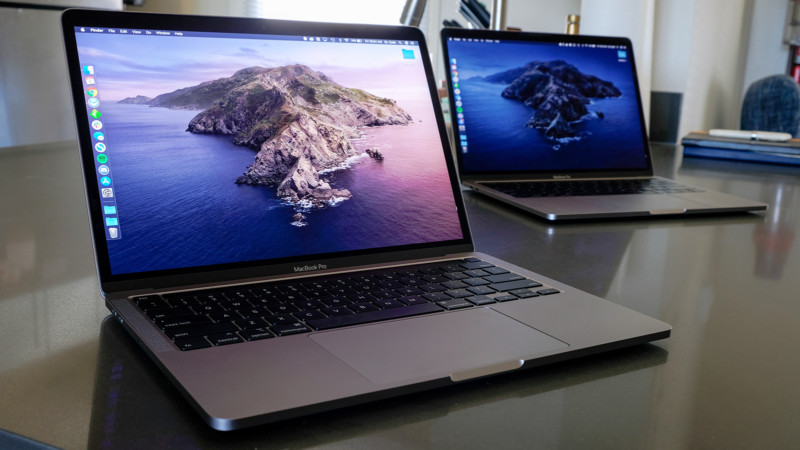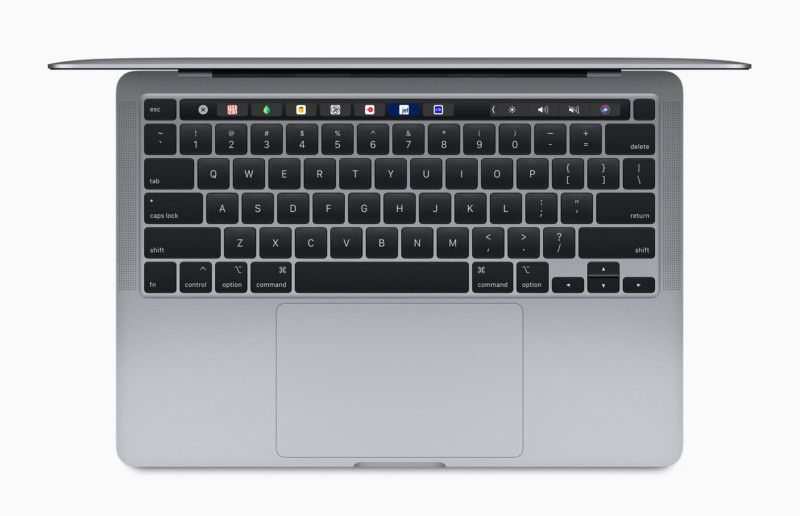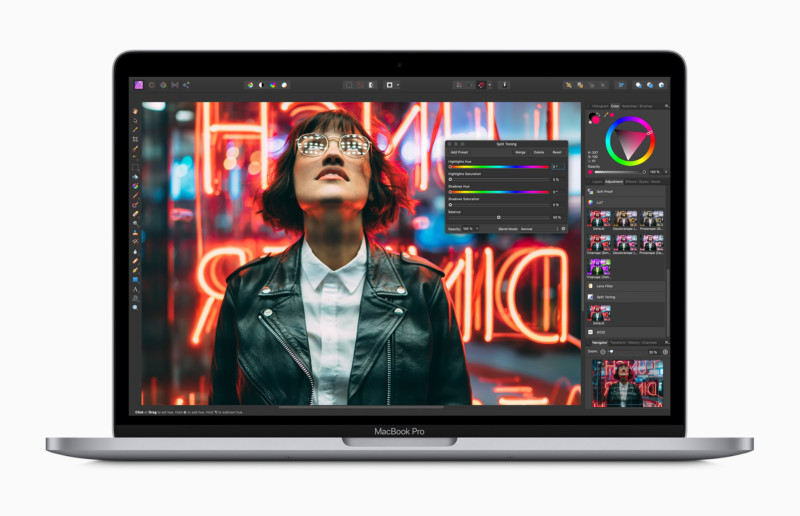
Earlier this week, Apple released the latest iteration of the 13-inch MacBook Pro. And while the update came with some very welcome additions, many felt that it was a half-step: a refresh rather than a redesign, like we saw with the 16-inch MacBook Pro earlier this year. Now that we have one in hand, we tend to agree.
The 16-inch MacBook Pro was a full redesign in several important ways. Not only did Apple shrink the bezels and make the screen bigger without increasing the size of the computer by much, the new model got a much-needed update to the cooling architecture, out-of-this-world speakers, “studio-quality” microphones, and a massive battery to handle the new load.
By comparison, the 13-inch MacBook Pro is a half-update. Let me explain…

Half an Update
I’m calling this a “half-update” for two reasons. First, because only half the lineup got a true update; second, because it’s half of the update we wanted.
Half the Lineup
While the full line-up of 13-inch MacBook Pros got the new Magic Keyboard—officially relegating the butterfly keyboard to the annals of tech history—and the base model now gets 256GB standard, that’s it for updates until you’re ready to step up to the $1,800 model.
In other words: in terms of performance, the base model is identical to the previous iteration. Still 8th-gen quad-core processors, still locked at 16GB of RAM max.
That’s not entirely a bad decision—as Dave2D explains well in this video—but it does mean that creatives who want to use a 13-inch MBP for serious workloads are going to have a tough time deciding between a higher-spec 13-inch and a lower-end 16-inch. More on that in a second…
Half the Update We Wanted
The update Mac users wanted—and many of us expected—was to a “14-inch MacBook Pro” that would benefit from all of the same enhancements as the 16-inch did over the previous 15-inch model: new speakers, new microphone, new cooling system, new battery, maybe a 6-core CPU option and, pretty pretty please, a discreet graphics card.
We didn’t get … well … any of that. And while the 10th generation Intel chips come with much improved Intel Iris Plus graphics that we expect will crush the previous-generation, and a quad-core i7 is enough horse-power for some user, the top of the line 13-inch MacBook Pro simply won’t be able to match the performance of even the base model 16-inch.
That leaves creatives in a pinch, forced to prioritize either performance or size, but unable to get the best of both worlds.

Which Mac Should I Buy?
In my brief hands-on time with the new 13-inch model thus far, I can confirm everything you’ve probably already assumed.
The new Magic Keyboard is one of the best you’ll find on a laptop, and a leaps-and-bounds improvement over the butterfly keys; 32GB of RAM means that that you can finally tackle Lightroom and Photoshop without constant stuttering, even if you have Chrome open in the background; and while full benchmarks are pending, initial results show a noticeable real-world improvement in performance over the previous model because of that 10th-gen CPU. This isn’t just a cosmetic upgrade.
But the test unit Apple sent me would cost you $3,000. *insert record scratch here*
The questions we’ll be trying to answer in our full review are simple: Who is this for? And is the performance good enough at $2,400 to justify buying a highly-specced 13-inch model over the base model 16-inch with discreet graphics, 16GB of RAM, and a faster six-core CPU?
Full benchmarks, import/export test, and more time using the 13-inch as my “daily driver” should answer these questions and give us a better sense of which Mac laptop we’d recommend. But in the meantime, if you need a new laptop right away, you can’t live without macOS, and you’re set on the 13-inch size, expect to shell out at least $1,800 for any performance improvement over last year.